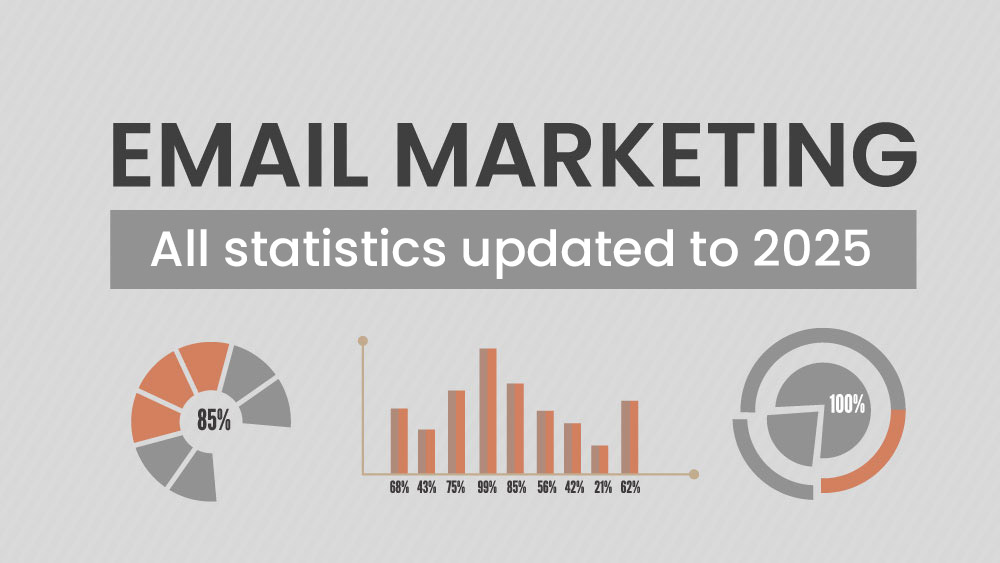Google is the most popular search engine outside China. To stand out on the Internet, you have to write not just for your readers, but also for Google’s robot crawlers that look for new and updated pages to add to the index. SEO, or search engine optimization, means adopting a series of measures that often make the difference between content that is “only” interesting and content that is popular.
-
Identify the keywords
First, identify a set of keywords related to the topic of each page of your website. Second, write copy optimized for these keywords. Having an account with Google, for example a Gmail address, lets you to sign in to Google Ads and use the free keyword planning tool;
-
Optimize the pages
Make sure all the pages on the site are optimized for mobile viewing. The most widespread and intuitive CMS’s, like WordPress, always provide a way to test the visualization of pages on PCs, tablets, and smartphones;
-
Write the content
Create original and interesting content. You are writing to answer the questions and address the interests of a particular audience. The writing style must be direct, simple, and clear. It is never a good idea to force the user to read again. If the material is really complex, you can always use a bulleted list or explanatory images;
-
Take a look at the related searches
What is your audience actually looking for? A partial answer can be found at the bottom of any search results page on Google among the related searches. Alternatively, start writing in the Search box to see Google’s autocomplete suggestions;
-
Upload the sitemap
Upload the sitemap to Google as soon as you put your new website online;
-
Check the Search Console
Once the site is online, register it on Google Search Console and constantly monitor your pages’ performance. This free tool allows you to accurately determine what keywords users are looking for while reaching your site;
-
Use a rich language
Overuse of keywords is penalized by Google. The keywords should be entered in a varied and appropriate way. There are free tools like SEO Yoast for WordPress that measure the incidence of these terms within the text. The most important word (or longtail) should always be included in the title;
-
Fill the meta description field
The meta description field of each page should not be left blank. Here, Google displays up to 158 characters. Along with title and URL, the description is essential for the SEO. An appropriate text here contains clear sentences and leads to the call to action, that is the click on the link;
-
Add the alt-text to images
The alt-text field of each of the images on the page should be filled with a brief sentence explaining the image itself. This is an important practice for Google’s SEO;
-
Add links
Enter both internal links to other pages on your website and relevant external links. This is also an SEO practice that Google looks for;
-
Divide into paragraphs
Dividing the text into paragraphs with titles (or “header tags”) helps users who scroll quickly, without reading all the way through. The titles grab their attention;
-
Check the URL
Customize the URL when creating your web page. The URL should faithfully reproduce the title of the page or, if the title is very long, shorten it without altering its sense and clarity in any way.
Emailchef offers you a powerful and customizable tool to amplify your message. However, the content depends entirely on your ability to communicate it in a way that’s clearly visible to Google and, as a consequence, to the users of the web.








